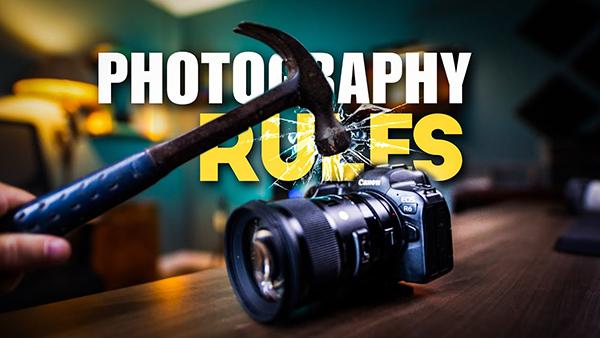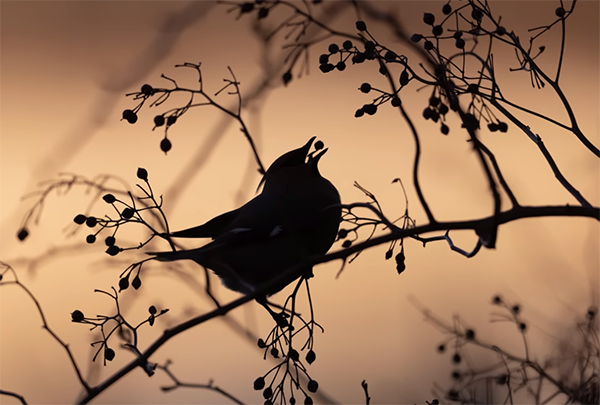Want Better Wildlife & Nature Photos? It's Time to Smash Some Rules (VIDEO)

Most new photographers begin their creative journey by learning a bunch of so-called "rules" to help them develop their craft. But here's the deal: while many of these guidelines are great for beginners, they may actually inhibit growth as your skills become more advanced.
If you're a bit frustrated, and feel like smashing things, today's your lucking days, as you'll learn how to fix seven common photography mistakes are caused by following rules to closely. These straightforward tips from Canadian pro Simon d'Entremont are presented in terms of wildlife and nature photography because these are his specialties, but they're also very helpful when shooting other types of images in the great outdoors.
Simon kicks off the lesson with a silly rule you likely heard before; namely, "only amateurs crop their images." This is one that you should have ignored from the onset, and Simon puts it like this: "There is absolutely no reason to avoid cropping if that's what you need to get the composition you want." As a pro, he has no qualms about cropping photos for maximum impact.

You'll quickly learn Simon's techniques for "cropping out the stuff you don't like and including the stuff you like best." One simple solution is to shoot photos a bit wider than what you need, leaving room for thoughtful cropping during the editing process—thereby creatively fine-tuning proportions in a way that best guides a viewer through the image. Oher times you may even want to transform a horizontal shot into a vertical one if that's what it takes.
Another "universal truth" is to always shoot with a sun at your back. This approach can help novices arrive at an accurate exposure, but it will really hold you back if your goal is to capture images that are more interesting and unique than a typical postcard shot (or what was once referred to as a "Kodak Moment." The idea here is to forget about even illumination and excessive dynamic range and flex your creative muscles.
As Simon says, backlighting can be an amazing photographic tool: "It creates beautiful rim light on your subjects and adds dramatic elements to your scene." He then demonstrates several helpful tips for maximizing backlighting to get the job done—simply by changing your vantage point in relation to the sun and your subject.

The foregoing is just a taste of what you'll learn in less 10 minutes, and Simon explains when and how to break rules to significantly up your game. All it takes is the awareness and a willingness to let go of long-held beliefs. After watching the video pay a visit to Simon's popular YouTube channel where you'll find much more of interest for expanding your skills.
And don't miss an earlier tutorial we posted with one rule that's definitely worth observing; namely, keeping your camera sensor and lenses clean.














































